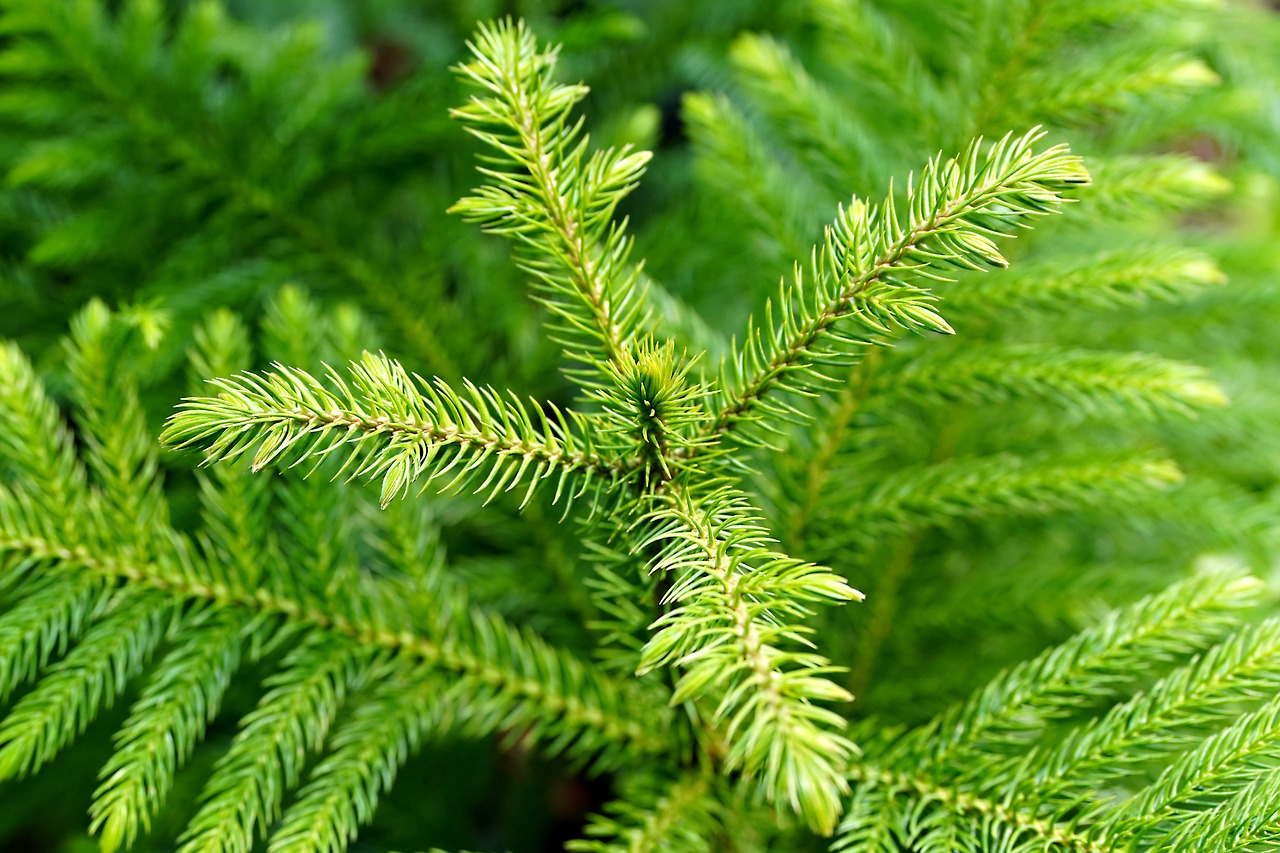
Norfolk Island Pine and Planting: A Guide to Cultivating Natural Beauty
Table of Contents
- Introduction
- Understanding the Norfolk Island Pine
- Choosing the Perfect Location
- Preparing the Soil
- Selecting the Right Plant
- Planting the Norfolk Island Pine
- Watering and Care
- Pruning for Health and Aesthetics
- Dealing with Common Issues
- Landscaping with Norfolk Island Pines
- Enhancing Indoor Spaces
- Norfolk Island Pine: Myth and Symbolism
- Frequently Asked Questions
Introduction
Norfolk Island Pine, known scientifically as Araucaria heterophylla, is a captivating evergreen tree that adds a touch of natural elegance to both indoor and outdoor spaces. With its distinctive layered branches and symmetrical growth, this tree has become a favorite among gardeners and landscapers alike. In this comprehensive guide, we will delve into the art of Norfolk Island Pine planting, from understanding its unique characteristics to nurturing its growth and unraveling the myths surrounding this enchanting plant.
Understanding the Norfolk Island Pine
Native to the Norfolk Island in the Pacific, this tree boasts a history as intriguing as its appearance. Its tiered branches are adorned with needle-like leaves that vary in length, giving it a visually striking texture. While it can tower to impressive heights in the wild, when cultivated as a houseplant, it remains compact and manageable, making it ideal for various settings.
Choosing the Perfect Location
Selecting the right spot for your Norfolk Island Pine is crucial for its prosperity. This tree thrives in bright, indirect light, so find a location that mimics its native habitat – dappled sunlight filtering through the canopy. Whether you place it indoors or outdoors, ensure it receives adequate sunlight to maintain its lush greenery.
Preparing the Soil
Like any relationship, a strong foundation is key. Prepare well-draining, slightly acidic soil for your Norfolk Island Pine. A mix of peat, pine bark, and perlite creates an environment that promotes healthy root development and prevents waterlogging.
Selecting the Right Plant
When choosing your Norfolk Island Pine, look for a healthy specimen with vibrant foliage and no signs of pests or diseases. Consider the tree’s size and ensure it fits your desired location, whether it’s a charming addition to your living room or a statement piece in your garden.
Planting the Norfolk Island Pine
Planting this majestic tree requires a bit of finesse. Gently remove the tree from its container and position it in the prepared hole, making sure the top of the root ball is level with the soil surface. Backfill the hole with soil, patting it down to eliminate air pockets, and water thoroughly.
Watering and Care
While the Norfolk Island Pine appreciates humidity, it despises soggy feet. Water your tree moderately, allowing the top inch of soil to dry before rehydrating. Mist the foliage regularly to mimic its natural habitat and promote healthy growth.
Pruning for Health and Aesthetics
Pruning is akin to giving your tree a haircut – it maintains its shape and encourages new growth. Trim away any dead or yellowing branches and pinch back the tips to encourage bushier growth. Remember, a little trim goes a long way.
Dealing with Common Issues
Even the hardiest relationships face challenges. Keep an eye out for pests like spider mites and scale insects. If you notice browning needles, adjust your watering routine. By promptly addressing issues, you’ll ensure your Norfolk Island Pine thrives.
Landscaping with Norfolk Island Pines
These trees aren’t just solitary beings; they can thrive in groups too. Create a lush oasis in your garden by strategically planting Norfolk Island Pines. Their symmetry and height variations add depth and visual interest to your landscape.
Enhancing Indoor Spaces
Bringing nature indoors has never been easier. The Norfolk Island Pine adapts well to indoor environments, adding a touch of serenity to your living space. Place it near a bright window, and watch it flourish as a stunning houseplant.
Norfolk Island Pine: Myth and Symbolism
Throughout history, the Norfolk Island Pine has been associated with notions of hope and survival. Its ability to thrive in challenging conditions has led to its symbolism as a beacon of resilience. Incorporate this meaningful tree into your space and embrace its storied past.
Conclusion
Cultivating a Norfolk Island Pine is a journey that intertwines nature’s beauty with your nurturing touch. From selecting the perfect plant to understanding its unique needs, you’re now equipped to embark on this rewarding horticultural adventure. As you watch your tree flourish and thrive, remember that you’re not just planting a tree – you’re planting a symbol of enduring vitality.
Frequently Asked Questions
- Can I grow a Norfolk Island Pine outdoors?
- Absolutely! In suitable climates, these trees can be a stunning addition to your garden.
- How often should I fertilize my Norfolk Island Pine?
- Feed it with a balanced liquid fertilizer every 4-6 weeks during the growing season.
- Why are the needles turning brown?
- Browning needles could indicate overwatering or dry air. Adjust your care routine accordingly.
- Can I decorate my Norfolk Island Pine for the holidays?
- Yes, its layered branches make it an excellent candidate for festive decorations.
- How tall can a cultivated Norfolk Island Pine grow?
- Indoors, they usually reach 6 to 8 feet, but in their natural habitat, they can soar over 200 feet!